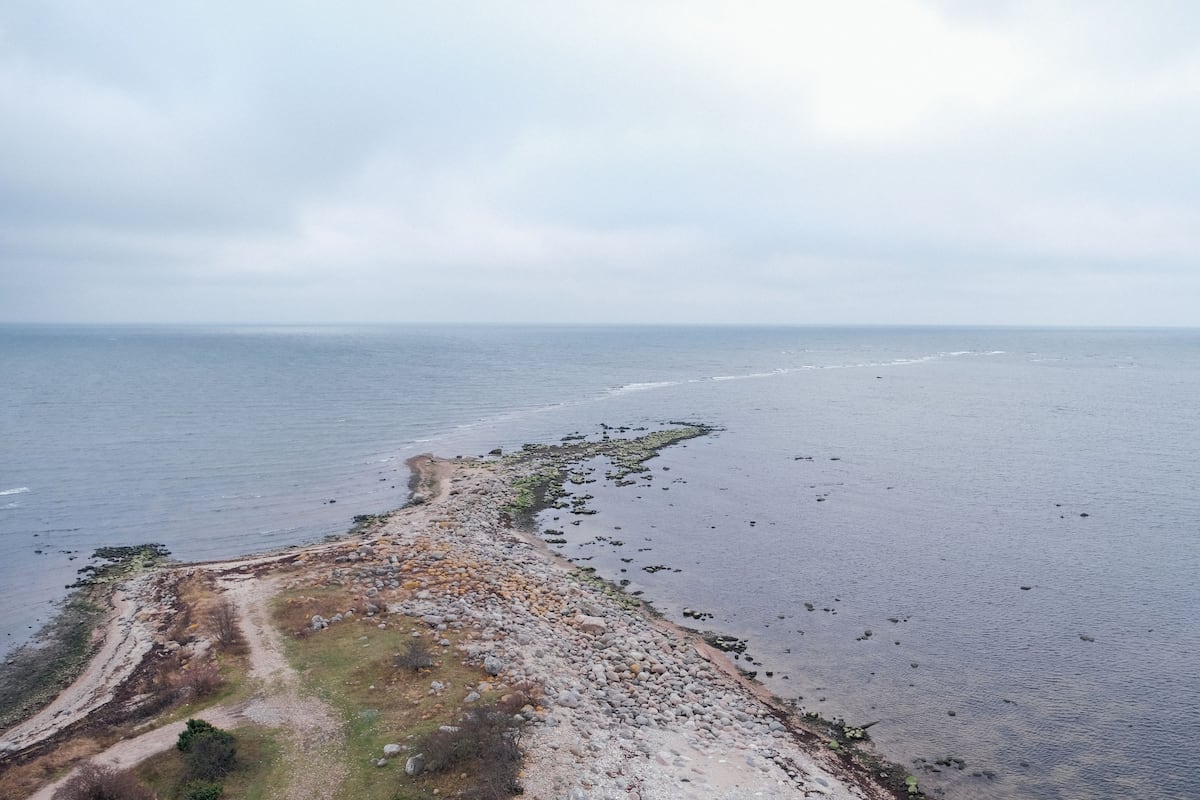The shallow waters of the Baltic Sea have emerged as a critical battleground in the escalating tensions between East and West, highlighting fears of hybrid warfare and vulnerabilities on both sides. The region’s strategic importance has increased significantly with recent developments, particularly concerning undersea infrastructure that links various NATO countries.
A notable incident occurred in mid-November when two undersea cables were severed, one linking Germany to Finland and the other connecting Lithuania to a Swedish island. German Defense Minister Boris Pistorius quickly asserted that these cuts were not accidental, stating outright that “we have to assume … it is sabotage.” The situation intensified when armed vessels from Baltic states, including Denmark, Sweden, and Germany, converged on a Chinese ship—the Yi Peng 3—suspected of being involved in the rupture. Visual evidence indicated damage caused by the ship’s anchor, leading to a tense maritime standoff as European vessels monitored the Chinese vessel just outside Danish territorial waters, while a Russian warship lingered nearby.
The incident is not isolated; it follows a pattern of mysterious disruptions to undersea infrastructure in the region. In October 2023, another Chinese cargo ship dragged its anchor and damaged gas pipelines and data cables. The Nord Stream gas pipelines, linking Russia to Germany, experienced catastrophic explosions in September 2022, an incident fraught with suspicion and blame, primarily directed at Russia, despite the Kremlin’s denials of involvement.
This increasing focus on the Baltic Sea coincides with Finland and Sweden joining NATO, transforming the area into a de facto “NATO lake.” Historically, Russia controlled a significant portion of the Baltic coastline but now retains only limited access around St. Petersburg and the heavily militarized Kaliningrad exclave. The Baltic Sea, rich in shipping and trade activity, acts as a vital corridor accounting for about 15% of global trade, making its security paramount to all coastal nations.
Beneath the waves of the Baltic lies a complex web of undersea cables that transport power and data, critical to the European countries bordering the sea. This infrastructure is particularly vulnerable to hybrid warfare tactics, where the military engagements can remain obscured and deniable. Experts suggest that as the tactical imbalance between Russia and NATO grows, the Kremlin may resort to sabotaging this critical infrastructure and using plausible deniability as a strategic advantage.
Military strategies surrounding the Baltic Sea reflect its unique geographical features, including archipelagos and shallower waters, which complicate defense. For instance, the Swedish navy has tailored its fleet to conduct operations closely along the coast, utilizing smaller submarines suited to the area’s conditions. Conversely, for Russia, maintaining access to the Baltic is crucial for keeping Kaliningrad operational and ensuring supply lines.
The escalation of the situation has prompted NATO to enhance its maritime strategy, announcing plans to open a naval command center in Germany to oversee activities in the region. This move has been criticized by Russia, which interprets it as a breach of prior agreements linked to the reunification of Germany post-Cold War, but is defended by NATO leaders as necessary to ensure regional security against potential Russian aggression.
In the backdrop of these incidents, scrutiny is rising regarding the security of undersea cables and maritime infrastructure, leading some countries to introduce new legislation aimed at safeguarding this critical infrastructure. The European response to these threats demonstrates a concerted effort to enhance maritime safety and coordination among NATO allies.
Analysts also note the perplexing involvement of Chinese vessels in these incidents. While China maintains diplomatic communications and has distanced itself from direct involvement, the link between Chinese shipping activities and Russian interests raises eyebrows. The ownership and operational patterns of the vessels involved suggest they are not merely commercial ships, but potentially implicated in broader geopolitical strategies.
As the geopolitical landscape continues to evolve in the context of the ongoing conflict in Ukraine, the Baltic Sea stands as a new frontier for confrontations. With the potential for further incidents and the challenges posed by undersea infrastructure vulnerabilities, the region is positioned to play a significant role in the shifting dynamics of European security.













